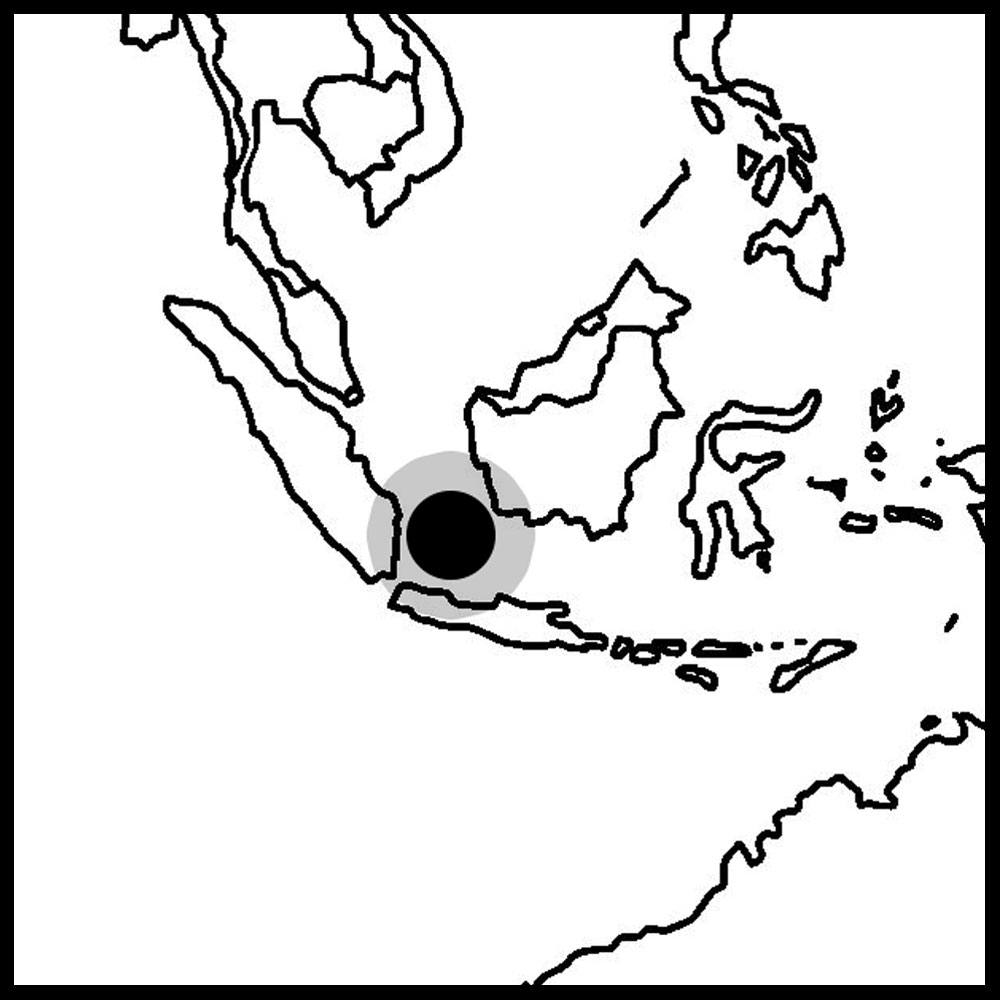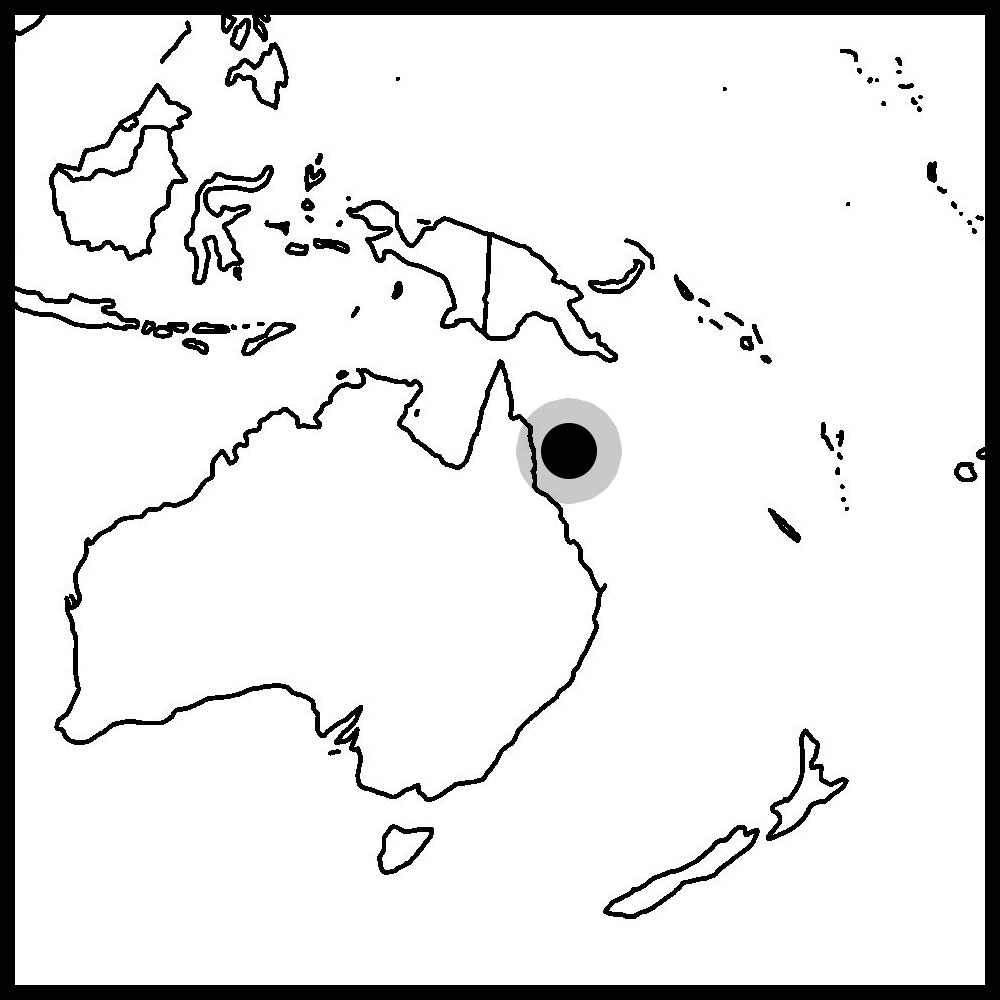Filter
My Wish List
![]() Frogspawn Coral Care
Frogspawn Coral Care
Euphyllia Frogspawn Corals have been a fixture in reef aquariums seemingly since the hobby began. Frogspawn corals have long multi tipped tentacles resembling a mass of frog eggs. This large polyp stony coral (LPS) is one of the most popular stony corals in the hobby because if the way it sways in the current. It is very similar in growth and care requirements to it Euphyllia cousins, the Hammer coral and the Torch coral. Please see below for additional care tips for frogspawn corals as well as checking out our Top 5 Tips for setting up a reef.

![]() Location
Location
Euphyllia like Frogspawn corals are found all over the tropical waters of the Pacific. In particular, they are regularly harvested from the islands of the Indo-Pacific including Fiji, Tonga, Solomon Islands, and the Great Barrier Reef.

![]() Lighting
Lighting
Hammers, Torches, and Frogspawn (Euphyllia sp.) do not require as much light as some other corals. It can be kept under normal output fluorescents without much difficulty. In some cases, Hammers may extend more readily under subdued lighting, however it may display more attractive colors when placed under stronger lighting.
Low Light


Lighting is a loaded topic, so for a more in-depth discussion of lighting, please see our Deep Dive article.
![]() Water Flow
Water Flow
Moderate to strong water movement is recommended. One of the main draws to this type of LPS coral is how it sways in the current. Water flow is both healthy for the Hammer and is pleasing aesthetically.
![]() Feeding
Feeding
Like most coral, Euphyllia divisa rely to a large extent on the products of their zooxanthellae, however, in our experience, they also benefit from direct feeding. Hammers, torches, and frogspawn do not seem to aggressively feed like other LPS, so finding the right food can be a challenge. We have had some good luck with a dry pellet food called Sustainable Aquatics Hatchery Diet. It is intended for use with small fish, but we have tried feeding it to corals like the Euphyllias, which tend to be finicky eaters, with good results.
![]() Coral Aggression
Coral Aggression
Corals developed all kinds of adaptations to gain a competitive advantage in the battle for real estate on the reef. In our home aquariums we have to be conscious of these in order to create the best environment for them long term. Euphyllia are one of the corals that extends long sweeper tentacles. Sweeper tentacles are often used as a means of defense against other encroaching coral colonies. Their white tips contain a concentration of nematcysts that can damage more delicate tank mates. Most of the time, this is not a major problem but to be safe, we recommend placing it in a location far from other corals initially.
The video below provides an overview of the different manifestations of coral aggression and ideas on how to mitigate some of the risks inherent in keeping corals in small quarters.
![]() Propagation
Propagation
This genus for the most part has been propagated extensively in captivity and is an excellent candidate for aquaculture. The branching varieties tend to be much better candidates compared to the wall varieties. It is reasonable to believe that a sustainable harvest can be achieved in time.
There is however a much less common method of propagation that frogspawn are capable of: Polyp Bailout. Polyp bailout is a stress response to unfavorable tank conditions that certain stony corals can activate as a last ditch effort to save themselves. During polyp bailout, stony corals are killing off their own connective tissue through apoptosis. For those that are unfamiliar with the term, apoptosis is programmed cell death as opposed to necrosis which is traumatic cell death. Apoptosis is a highly regulated and controlled process so the coral polyps bailing out due to stress are doing so in a direct calculated response to an exogenous threat. If you would like to know more, please check out the video below.
![]() Summary
Summary
Hopefully this overview of frogspawn care tips was helpful to you. Frogspawn corals make for a great addition to LPS dominated reefs or mixed reefs.
